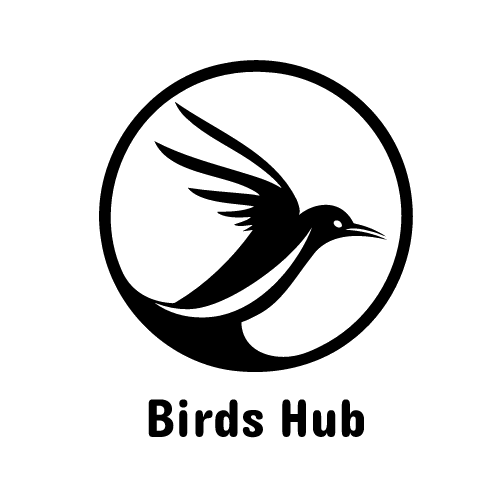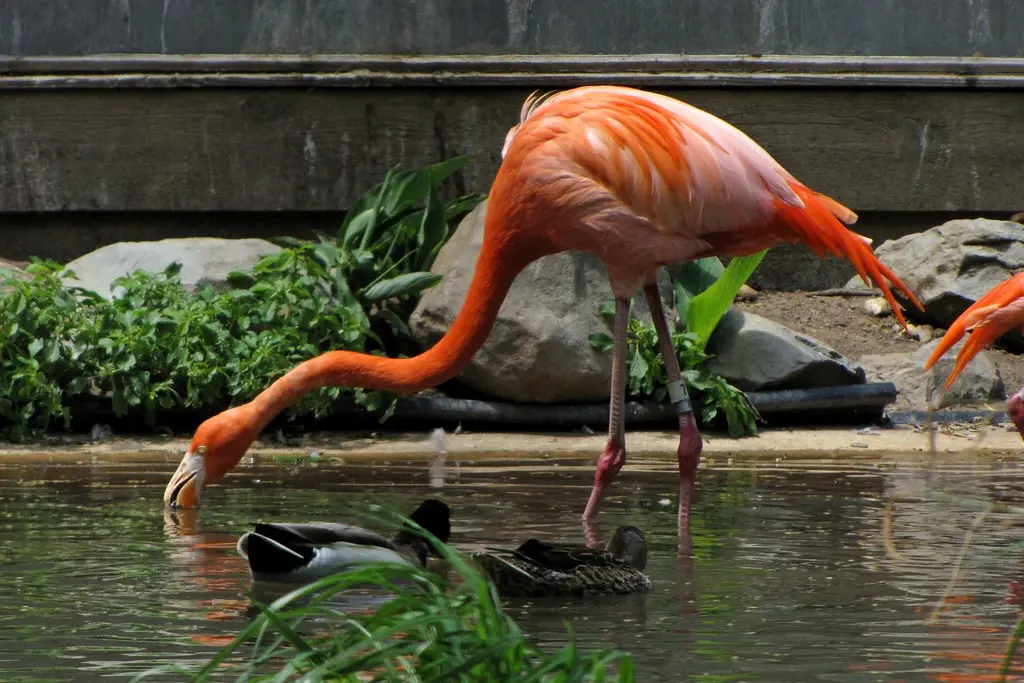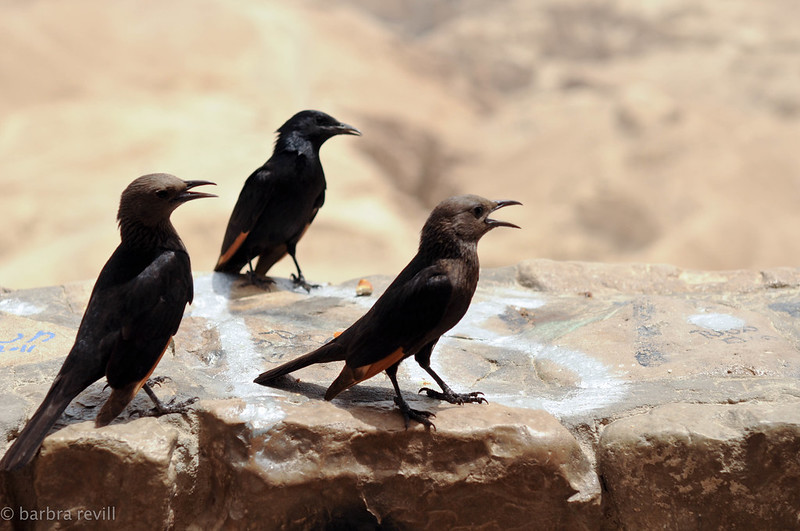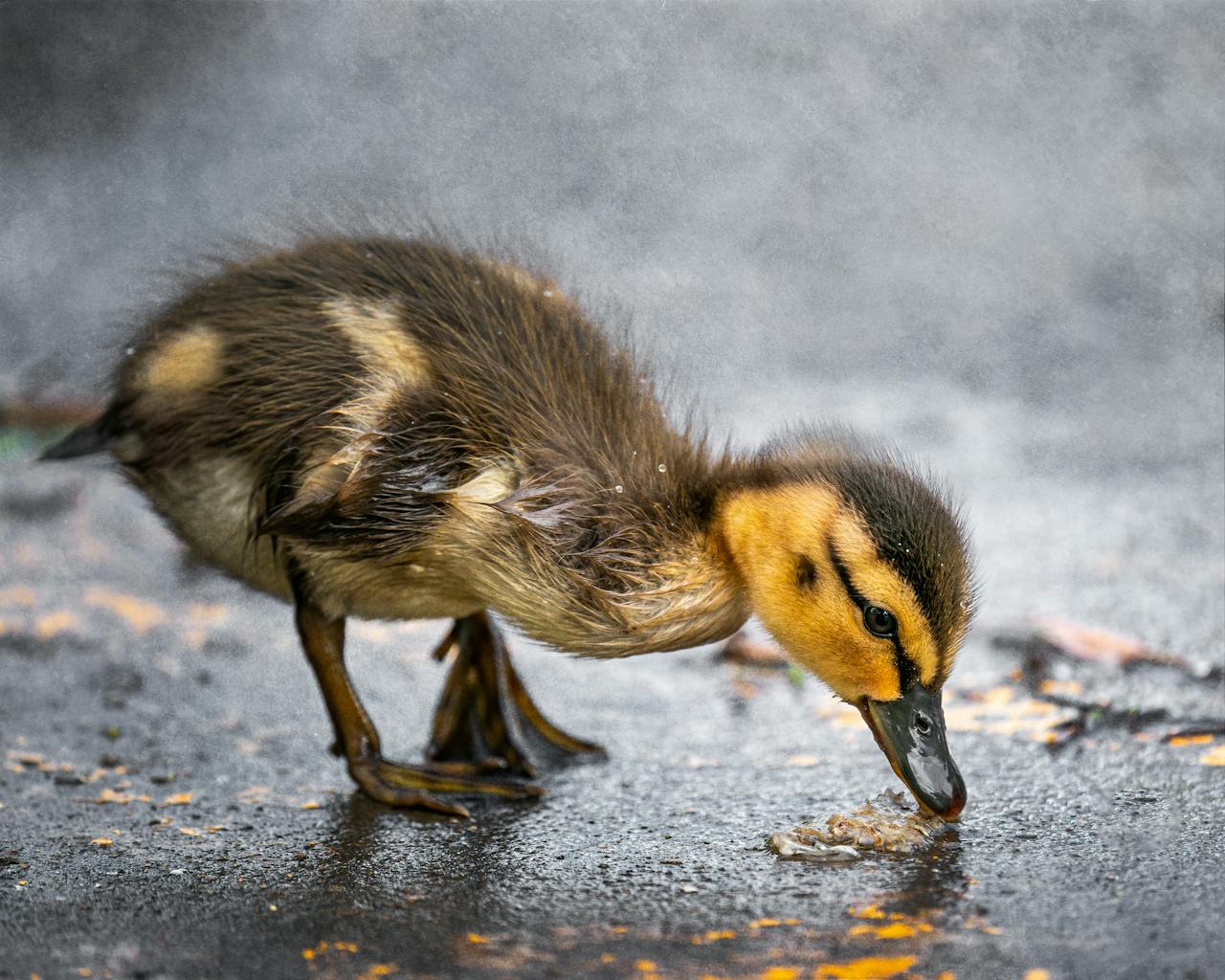Flamingos drink using their bill upside down. The long, curved beak has a comb-like structure inside it that strains out food.
Flamingos drink by sucking water up with their bill, then tilting their head back to allow any sediment to settle out. After this, they strain the water through a comb-like structure in their bill, which filters out any remaining algae or small food items.
When flamingos eat and drink, they pump water into their mouth using their tongue. They then use the bill to strain out larger pieces of food and dirt.
The unique shape of the bill allows them to drink with their head upside-down, without getting water in their eyes or nose.
Flamingos are filter feeders, which means they can only eat small items like plankton, algae, or small insects.
How Much Water Does a Flamingo Drink?
The answer to your question is a lot. Flamingos are birds known for their unique coloring and long legs. They live in tropical and sub-tropical climates where water is abundant. They feed on aquatic plants and small fish that live in shallow waters.
To get these plants and fish, flamingos drink a lot of water. This can be up to half of their body weight in a day! They also regularly bathe themselves in the water they drink to keep cool. This helps them stay hydrated as they go about their day of grazing on food in the water.
All flamingos need to drink a lot of water, but not all species drink as much as others. The amount of water they drink depends on how many calories they need per day. While some species eat more plants than others do, all flamingos eat at least some plants. There are also differences in how much energy each species uses while moving around throughout their habitat or flying from place to place.
Do Flamingos Drink Salt Water?
Flamingos do not drink salt water. They filter it out of the sea. A flamingo uses its bill to draw seawater into its mouth and then pushes the water through comb-like structures in its bill, which trap food particles, particularly small shrimp and algae. The flamingo then swallows the filtered food and expels the remaining seawater from its chunky bill.
In the wild, flamingos live in saltwater lagoons and lakes. They have glands that filter out salty water, but they don’t have to drink it. When there is a shortage of food, flamingoes will sometimes eat soil to get the minerals they need.
The bird has nostrils at the top of its bill that help it filter out salt while drinking saltwater. The flamingo’s tongue also helps remove excess salt; when the bird swallows its food, glands in its head secrete a thick fluid that gets rid of extra salt. However, in order to capture small prey like brine shrimp and plankton, they use a unique method called “filter feeding.” By opening their beaks underwater and rapidly closing them shut, they expel water; this process strains out tiny creatures for them to eat.
Do Flamingos Drink Upside Down?
A common misconception about flamingos is that flamingos drink upside down. This is not true! Flamingos get most of their water from the foods that they eat so they do not need to drink very often. When a flamingo does drink, it does so standing up straight with its head over its body of water just like any other bird!
In order to get at water, flamingos use their beaks sort of like canoes, scooping up water and mud while out wading. Their beaks have special filtering plates that let them separate food from water, allowing them to take in up to 13 quarts of water per day.
What the birds do look for food upside down. That’s because those same filters are located on the upper beak, so when they’re dipping their heads into water to scoop up food, they’re actually rolling them over and looking for food with the top part of their bills.
Can Flamingos Drink Boiling Water?
No, it isn’t true that flamingos can drink boiling water. Flamingos (or any other animal) would not be able to survive drinking boiling water for two reasons: the temperature and the speed at which is would be consumed.
Drinking anything hotter than the body’s temperature would result in what is called a thermal injury, which could cause tissue damage and internal bleeding. For flamingos this could mean serious injury to their digestive tract.
Also, consuming something that is so hot would cause an extreme burning sensation in the mouth and esophagus that would prevent a flamingo from swallowing it at all.
Flamingos do not have a special adaptation that allows them to drink boiling water, but they have been observed drinking salt water. A flamingo’s digestive system allows them to use salt glands located above their eyes to remove excess salts from the water they consume. The salt glands are like little kidneys that filter out excess salts and excrete them through small tubes in the corner of the flamingo’s eyes.
How Do Baby Flamingos Drink Milk?
Actually, flamingo chicks do not drink milk. They are fed a sort of “crop milk” by both parents, who regurgitate the partially-digested food and juices from their stomachs. This source of nourishment is unique to pigeons and flamingos, and is made of protein, fat and calcium.
In the wild, flamingos feed their young a protein-rich milk from their crop that has a high content of fat, carbohydrates and water. While it is being digested in the mother’s stomach, enzymes are added to the crop milk, turning it into a more solid substance.
When the mother regurgitates this baby food into her chick’s mouth, the chick must suck out the nutritious substance.
Flamingo chicks usually learn to eat on their own within 4–6 weeks after hatching.





Leave a Reply